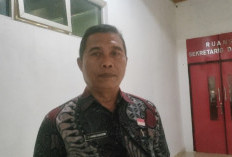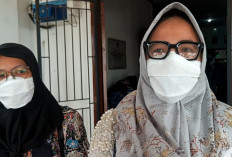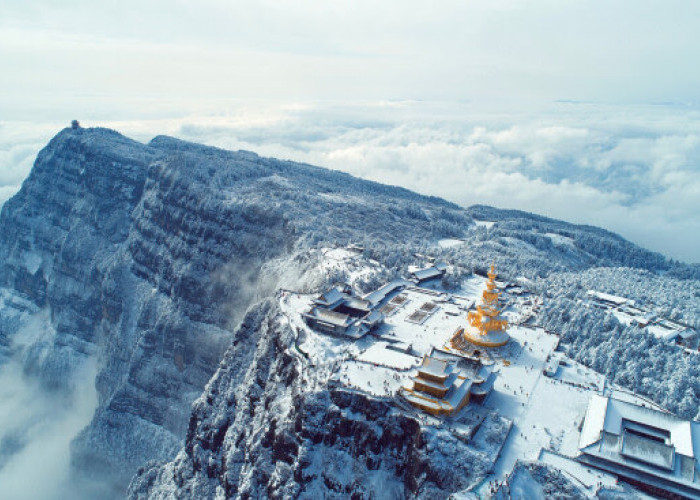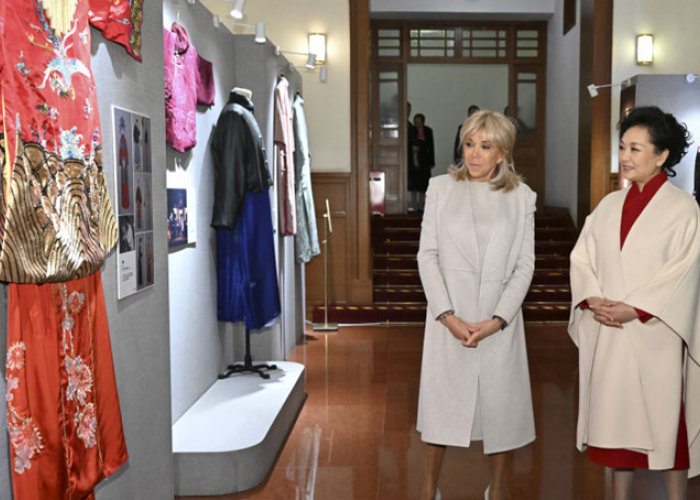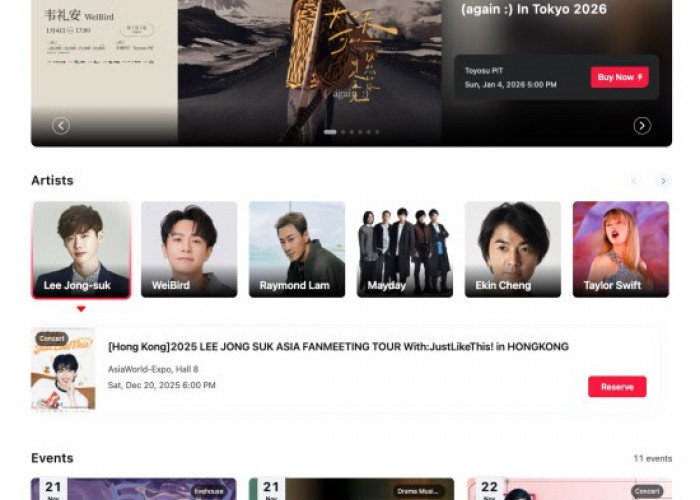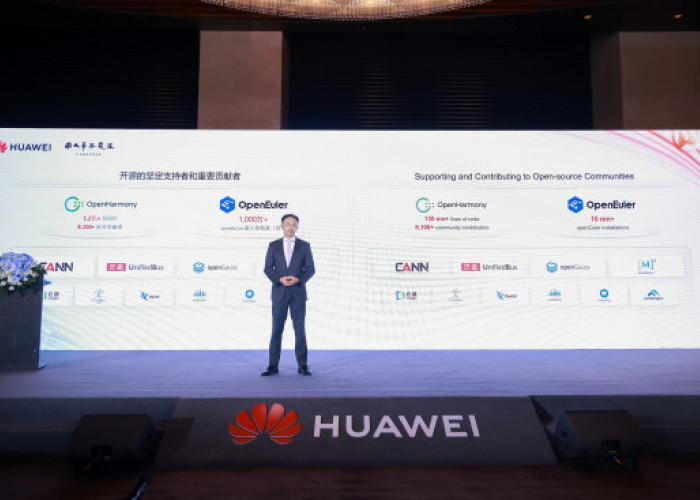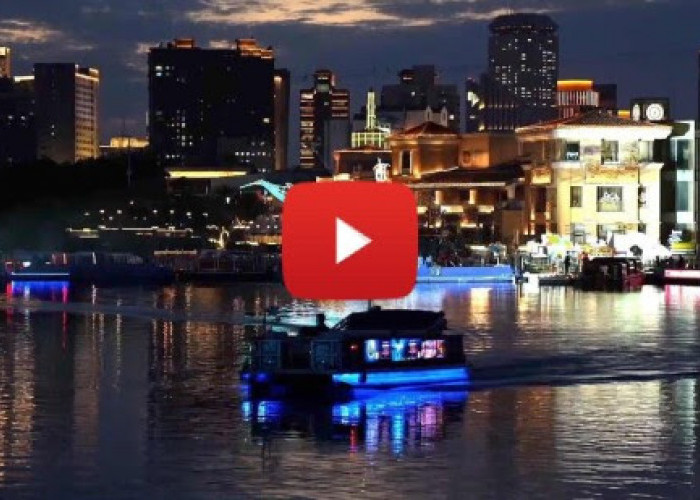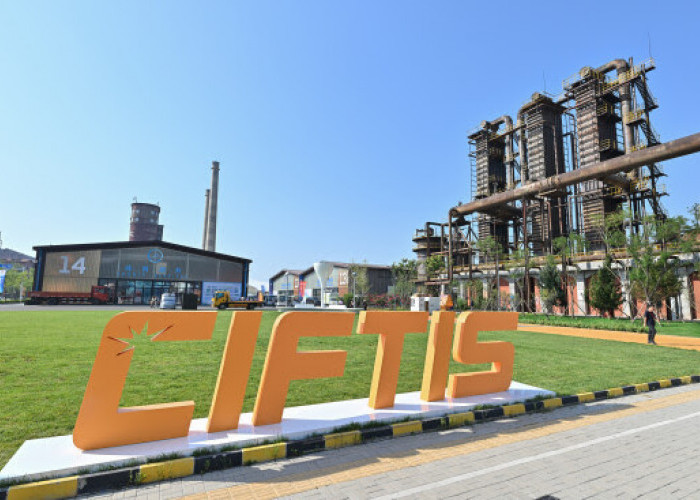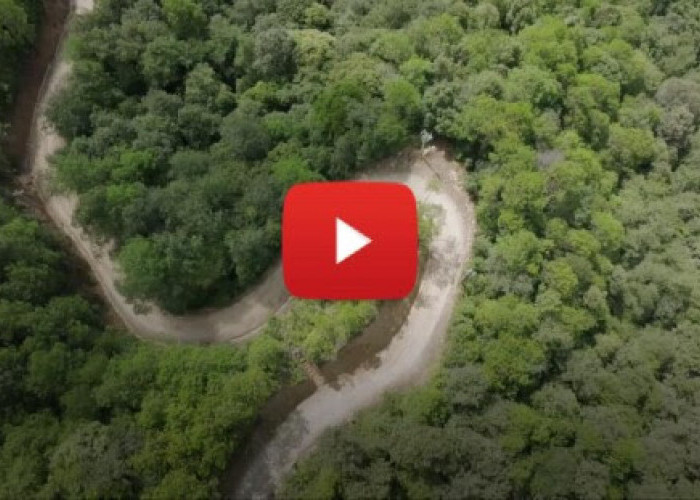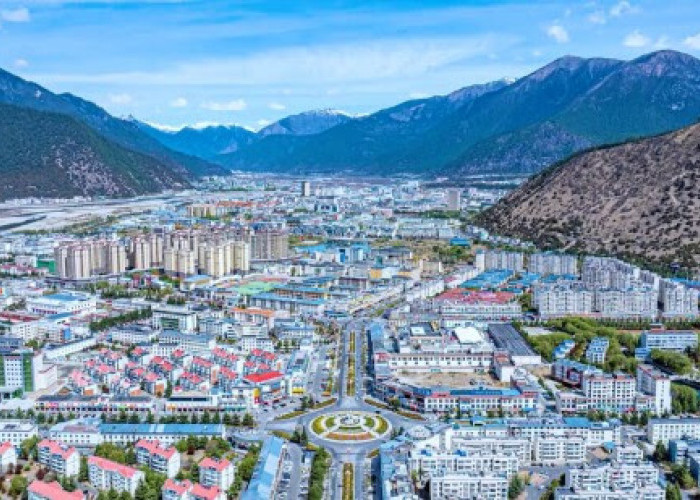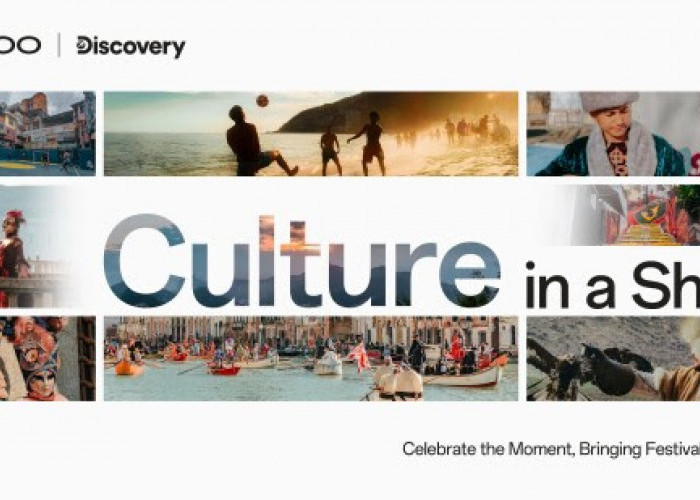Beijing to Fully Open Ming Tombs to Tourists to Further Showcase Ming Dynasty Culture at The Ming Culture For
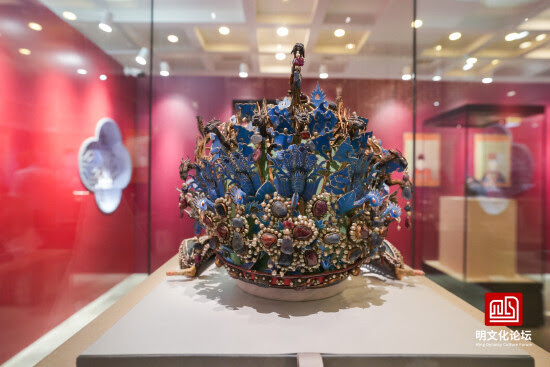
More than 100 national treasures were unveiled at the opening ceremony.--
BEIJING, CHINA, Radarseluma.Disway.id, - The Ming Culture Forum 2024 was recently held in the district of Changping in BEIJING. With the theme of "The Splendid Age of the Colorful Ming," it is composed of forums, one international academic seminar, cultural relics exhibitions and cultural activities, with more than 30 of them in total which will be held throughout the year.
More than 100 national treasures were unveiled at the opening ceremony.
BACA JUGA:3 Unit Mobil Damkar Standby, Antisipasi Kebakaran Di Musim Kemarau
BACA JUGA:Selain SDN 67 Seluma, SDN 116 Seluma Juga Minim Murid Baru, Hanya 3 Siswa
The event on the whole has reached a new height in terms of scale, embodies a broader cultural perspective, gathers a wealth of cultural relics of the Ming Dynasty, and features a series of wonderful activities.
It aims to give full play to Changping's abundant Ming cultural resources, do a good job in the protection and inheritance of the Ming Tombs, a world cultural heritage site, and help enhance Beijing's reputation as a famous historical and cultural city.
The event brought together more than 600 Chinese and foreign experts and scholars to share their wisdom on the Ming culture. In the international dialogue session of the main forum held on July 13, Lyu Zhou, professor and doctoral supervisor of Tsinghua University and director of Tsinghua's National Heritage Center, and Marie-Noël Tournoux (French), project director of the World Heritage Institute of Training and Research for the Asia and Pacific Region under the auspices of UNESCO, exchanged ideas on the theme of "Inheritance and Mutual Learning: The Contemporary Value of Ming Culture," and shared their understanding of the Ming culture. The dialogue laid a solid foundation for cooperation between the two sides, promoted two-way friendly exchanges, and helped explore a new path for the development of Ming culture.
Sumber:

